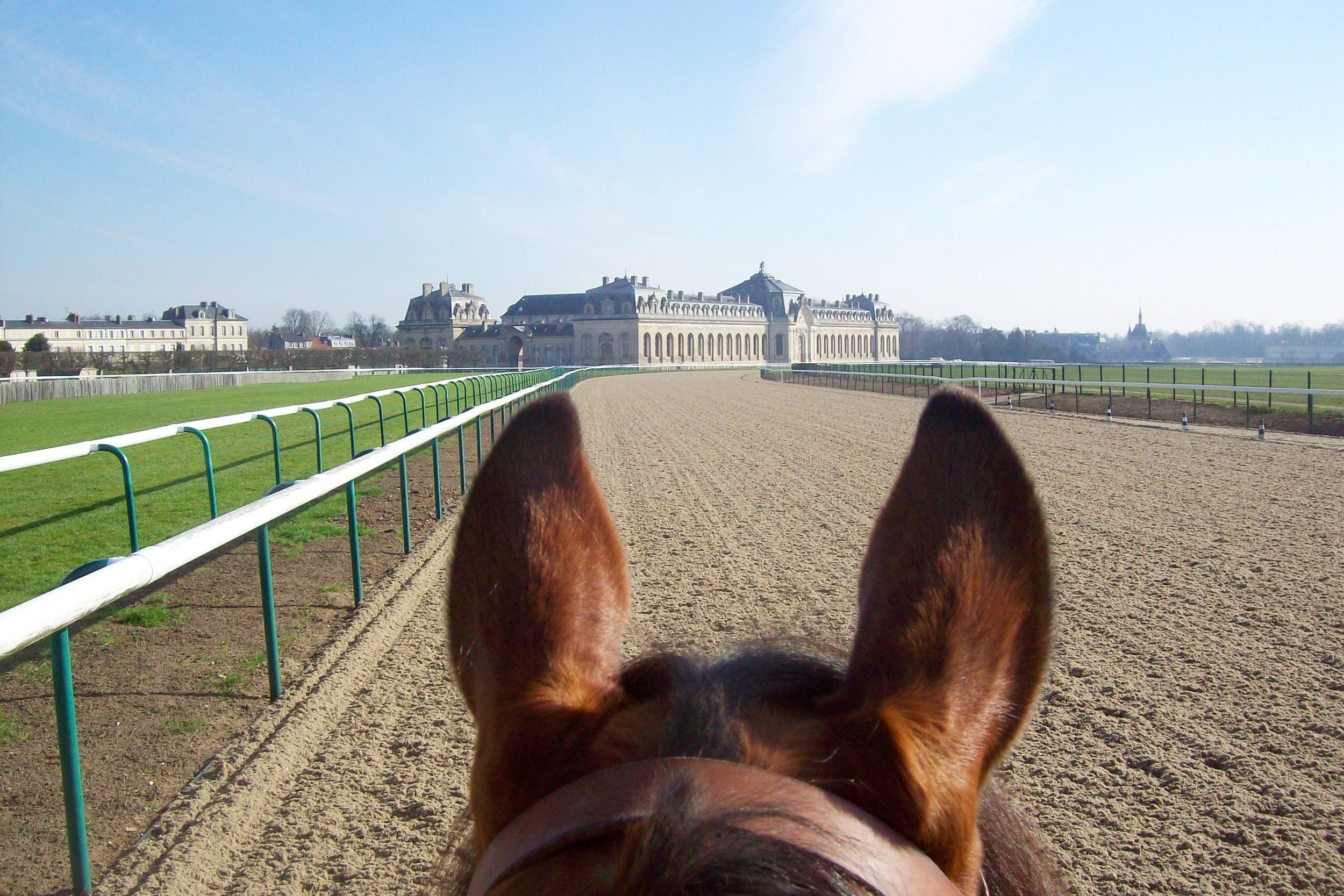Starting out -- charting Gavin Hernon’s plan to become a trainer
/Gavin Hernon is about to set up as a licensed trainer. He’s young, ambitious, and internationally minded.
With experience of training yards in Ireland, Newmarket, Chantilly, and the USA, Gavin is hoping to launch his career in Chantilly. Over the coming months we’re going to be charting his progress, looking at all the highs and lows of a young trainer starting out.
In his own words:
I’m 26 years of age and from Cork (Ireland). Having grown up on a stud farm, I started in the racing industry with Jim Bolger and spent four years with him whilst at school and university, where I studied international commerce with French at UCD in Dublin. I had ambitions to be a jump jockey, but during my time with Mr Bolger, it quickly became apparent to everybody that this was not what nature had intended. So, through my passion for racing and all things horses, training seemed to be the route for me and I put France on a shortlist of places to do it from.
As part of my degree, I spent a year studying in France and learned the French language and the French culture. Thanks to Christy Grassick at Coolmore, I was able to secure a pupil assistant role with André Fabre and I simply fell in love with Chantilly. It’s a picture perfect training centre. Having spent the best part of the 2013 and 2014 seasons with Mr Fabre, I had my heart set on the place but was aware that with the vast array of gallops available I still had a lot to see, so in 2015 I decided to move one mile up the road to Mr Nicolas Clement. I am fortunate that both Nicolas and André were and remain to this day great mentors to me.
For the past year, I have been based with Graham Motion working as an assistant. I worked in Fair Hill (Training Center), Maryland, during the summer and spent the winter with his string at Palm Meadows (Training Center) in Florida. Leg maintenance, gate work, and the different medication usage were all of the utmost importance to my learning experience with Graham but above all else was the organisation and diligence required to run a business of that magnitude.
Why have I chosen Chantilly?...


